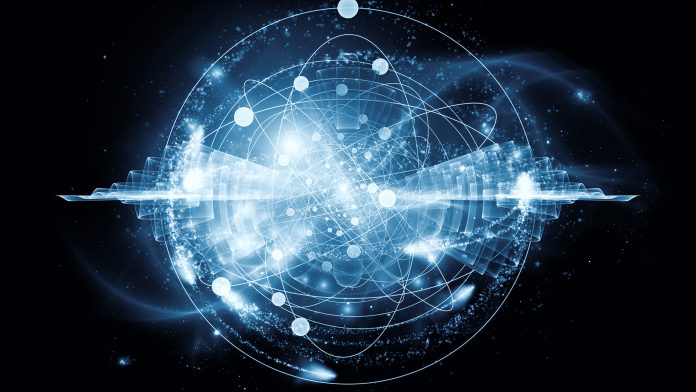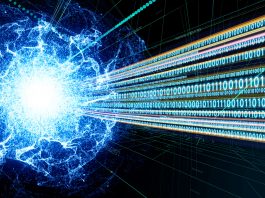Researchers have shown how mathematical representations can help to capture and simulate the dynamics of evolving quantum systems.
Quantum systems are incredibly hard to describe theoretically because they are heavily influenced by their surroundings. To capture the evolution of these systems, therefore, researchers often use mathematical representations called tensor trains.
Through new research, a team of researchers have shown exactly how tensor trains can be implemented to describe and simulate these systems.
The paper, ‘Survey of the Hierarchical Equations of Motion in Tensor-Train format for non-Markovian quantum dynamics,’ is published in EPJ ST.
Providing insights into evolving quantum systems
The findings have the potential to provide insights into many scenarios where evolving quantum systems interact with their environments.
The most important quantum system is quantum computing. Within this technology, it is important to reduce the interaction between qubits. Their surroundings can help them retain their quantum information for longer.
Why is capturing the evolution of quantum systems a challenge?
Systems containing interacting quantum particles can be governed by a variety of variables. This makes it difficult for researchers to capture their dynamics and evolution.
However, in many cases, their properties may only depend on a limited number of variables. This means that the system as a whole can be described as a subsystem embedded in its environment.
The team used a theoretical framework to implement the tensor train format
Researchers often use mathematical structures named tensors to simulate the embedded subsystems. Specifically, high-order tensors can describe systems governed by higher numbers or variables.
To further simplify the simulations of these systems, tensor trains can be used to break down high-order tensors into sums of lower-order tensors.
To do this, the team used a theoretical framework named ‘hierarchical equations of motion’ (HEOM).
In the study, they showed how the tensor train format can be implemented using HEOM. The aim of this is to describe the evolution and dynamics of quantum systems embedded in the environments.
Future uses of the team’s work
Now, the team hopes that their work will become a valuable resource for researchers in future studies.
They believe that with this work, a wide array of evolving quantum systems will be accurately explored and simulated.









